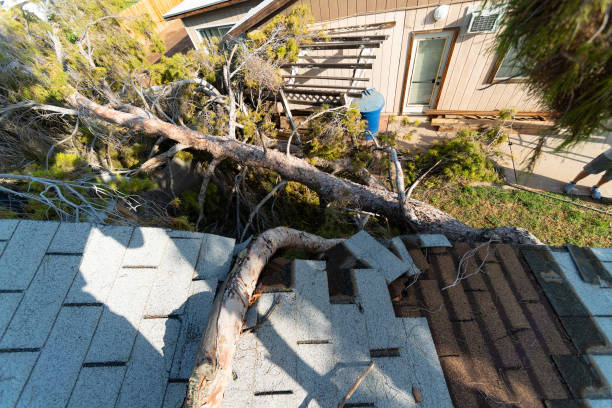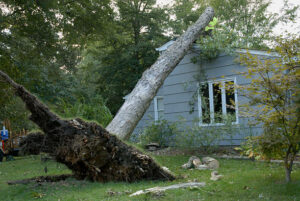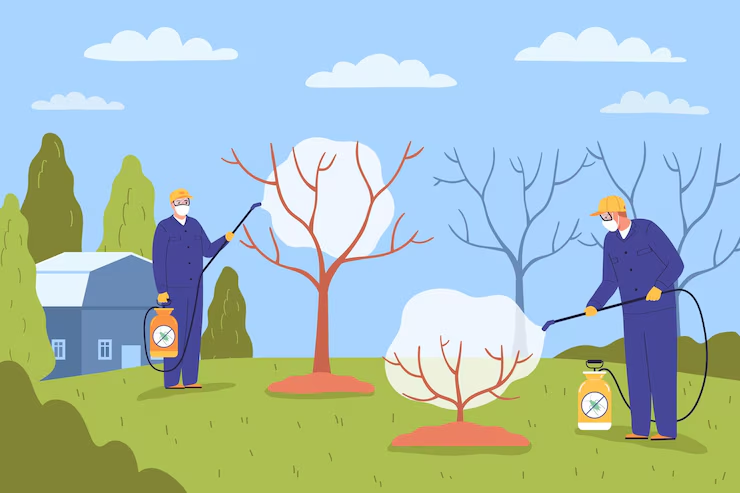What Every Homeowner Should Consider Before Cutting a Tree
As a homeowner, you may face the daunting decision of removing a tree from your property. Whether it’s for safety, aesthetics, or maintenance reasons, cutting down a tree isn’t a task to be taken lightly. But before you grab a chainsaw or hire a professional, there are key factors to think about. In this guide, we’ll walk you through everything you need to know—from legal concerns and tree health to costs and safety protocols.
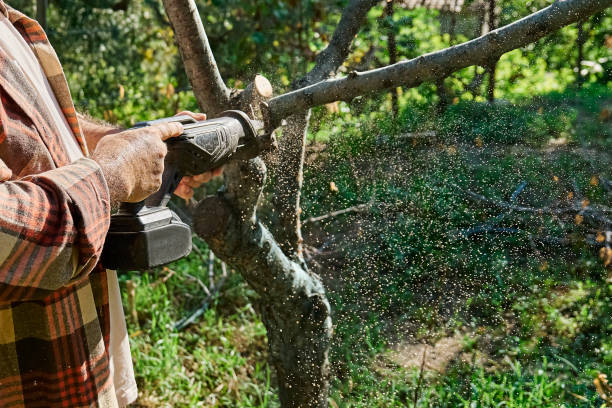
1. Legal Requirements and Local Regulations
Before you chop down a tree, it’s important to check if there are any legal restrictions or permits needed for tree removal in your area. Local municipalities and homeowners’ associations (HOAs) often have rules about tree cutting, especially if the tree is large or belongs to a protected species.
-
Permits: Many cities require a permit for tree removal, particularly for trees that exceed a certain size or age.
-
Protected Species: Some trees are protected by law, so before removal, you might need to prove the tree is unhealthy, dying, or a safety hazard.
-
Zoning and HOA Rules: Zoning laws may affect trees located near property lines or public areas. Additionally, HOAs can impose restrictions on tree cutting.
Example: In Dallas, you may need a permit for trees taller than 10 feet, and removing certain species of trees could be illegal unless it’s to address a safety concern.
If you’re unsure about your area’s regulations, it’s always worth checking with local authorities or a certified arborist.
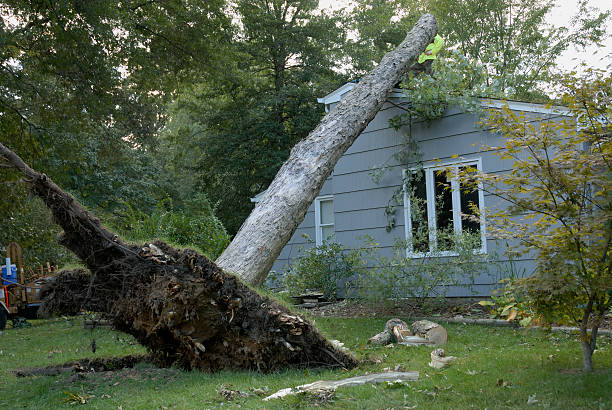
2. Why Do You Need to Remove the Tree?
Not all trees need to be cut down. Before you make any decisions, take a step back and evaluate the tree’s condition. Here are some common reasons why homeowners remove trees:
-
Tree Health: Trees that are diseased or infested with pests can pose a threat to surrounding vegetation or structures.
-
Safety Hazards: A leaning tree near your home or power lines can become a major hazard, especially during storms.
-
Property Damage: Unchecked tree roots can damage foundations, sidewalks, or underground utilities.
-
Aesthetic and Landscaping Needs: Sometimes, homeowners opt for tree removal to open up space for landscaping or to improve the aesthetic appeal of their property.
Consider whether the tree truly needs to go or if pruning or maintenance might solve the problem.
3. Tree Condition and Risk Assessment
Before deciding to remove a tree, assess its condition. A dangerous tree can cause severe damage if left unchecked, while a healthy one may simply need a little maintenance.
-
Leaning: Trees that lean toward buildings or power lines should be removed as they pose a significant risk.
-
Dead or Dying Trees: Trees with missing bark, dead branches, or hollow trunks should be assessed for removal.
-
Pest Infestation: Invasive pests like termites can cause structural damage to trees, leading to safety concerns.
-
Structural Damage: Cracks, splits, or large holes in the trunk are signs that the tree’s health is compromised.
Example: If you’ve noticed a large crack in the trunk of a tree near your home, it’s a good idea to consult an arborist before cutting it down.

4. Professional vs. DIY Tree Removal
While it may be tempting to take the DIY route and save money, cutting down a tree can be dangerous, especially if the tree is large, near buildings, or involves complex removal procedures.
-
Tree Size and Location: Smaller trees can be handled with basic tools, but larger trees near structures or power lines require special equipment and skills.
-
Tools and Equipment: Do you have the right equipment? Chainsaws, safety gear, and ropes are just the basics.
-
Safety Concerns: DIY tree cutting can be hazardous. Falling branches and an unpredictable tree fall can lead to serious injury or property damage.
Hiring a professional arborist ensures safety and proper technique. Arborists are trained to handle dangerous situations and have the right equipment for tree removal and stump grinding.
5. Costs and Budgeting for Tree Removal
Tree removal is often more expensive than people anticipate. Several factors contribute to the overall cost:
-
Tree Size: Larger trees require more time and equipment to remove.
-
Location: Trees near buildings, power lines, or in hard-to-reach places often require specialized techniques.
-
Stump Removal: Don’t forget the cost of stump grinding, which can add $100-$500 or more to the bill.
-
Disposal: Some companies include debris removal, while others charge extra for hauling away wood and leaves.
You can expect tree removal costs to range from $200 to $2,000, depending on the tree’s size, location, and the services included.
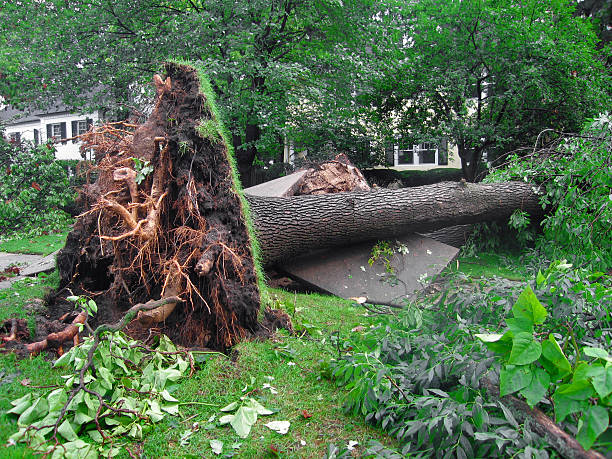
6. Safety Protocols and Precautions
Safety is paramount during tree removal. Even for smaller trees, there are risks involved.
-
Protective Gear: Whether you’re DIY-ing or hiring a pro, ensure you’re wearing protective gear like gloves, goggles, a helmet, and chainsaw-resistant chaps.
-
Clear the Area: Keep pets, children, and other people away from the tree while it’s being cut.
-
Tree Felling Techniques: Make sure the tree falls in the right direction. This requires precision cutting, often with a notch cut to direct the fall, and a back cut to bring it down safely.
If you’re unsure about your ability to safely cut down the tree, hiring a professional arborist is the best option.
7. Tree Removal and Disposal
Once the tree is down, you’ll need to deal with the cleanup:
-
Wood Disposal: Some services include hauling away the wood, but if you plan to use the tree for firewood, you’ll need to arrange storage or transport.
-
Stump Grinding: After the tree is removed, you can grind the stump to below ground level, making it easier to plant something new or just have a smoother lawn.
-
Landscaping: Once the tree is gone, consider what you’d like to replace it with, or how you want to reshape your yard.
Stump grinding typically costs between $100 and $300, depending on the size and accessibility of the stump.
8. Environmental Impact and Sustainability
Before removing a tree, think about the ecological benefits it provides. Trees improve air quality, provide shade, and offer habitat for wildlife.
-
Replanting: If the tree removal is due to disease or damage, consider replacing it with a new tree.
-
Sustainable Practices: Look for tree removal companies that use environmentally friendly methods and ensure proper disposal of debris.
If removing a tree is unavoidable, consider planting a new one to maintain the environmental balance in your yard.
9. Emergency Tree Removal
In cases of storms or other severe weather, trees may become a risk to your home, power lines, or driveway. Emergency tree removal services are available 24/7 for situations where immediate action is needed.
These services come with an added cost due to the urgency and complexity of the job, but they are crucial for preventing further damage.
10. Tree Trimming as an Alternative
If the tree doesn’t need to be fully removed, trimming or pruning might be an alternative. Regular tree maintenance can prevent the need for complete removal and improve the health and appearance of the tree.
-
Pruning Dead Branches: Remove dead or damaged branches to reduce the risk of falling limbs.
-
Canopy Thinning: Thinning out the canopy can improve sunlight and air circulation, promoting healthy growth.
Final Thoughts
Cutting down a tree isn’t a decision to be taken lightly. Legal requirements, tree health, safety, and costs all need to be carefully considered before making a move. Whether you choose to do it yourself or hire a professional, always prioritize safety, proper planning, and the health of your landscape.
FAQs: What Every Homeowner Should Consider Before Cutting a Tree
1. Do I need a permit to cut down a tree on my property?
It depends on your location. Many municipalities require permits for tree removal, especially for large or protected trees. Check with your local authorities to see if you need one.
2. Can I remove a tree myself, or should I hire a professional?
While DIY removal might seem cost-effective, it can be dangerous, especially if the tree is large or near structures. Hiring a professional arborist ensures safety and proper technique.
3. How much does it cost to remove a tree?
Tree removal can cost anywhere from $200 to $2,000, depending on the tree’s size, location, and additional services like stump grinding.
4. How do I know if a tree needs to be removed?
Signs that a tree might need removal include leaning, large cracks, dead or dying branches, pest infestations, and proximity to structures or power lines.
5. What happens to the tree after it’s cut down?
Once a tree is removed, the wood can be hauled away or repurposed for firewood. Stump grinding is typically done to prevent future growth, and the area can be replanted with a new tree if desired.
6. Can I replant a tree after removing one?
Yes, replanting a tree can help restore ecological benefits. In fact, it’s often encouraged to replace trees that were removed for safety or health reasons.
7. How can I prevent tree roots from damaging my property?
Regular tree maintenance, such as root pruning and ensuring the tree is planted at an appropriate distance from structures, can help reduce the risk of root damage.

